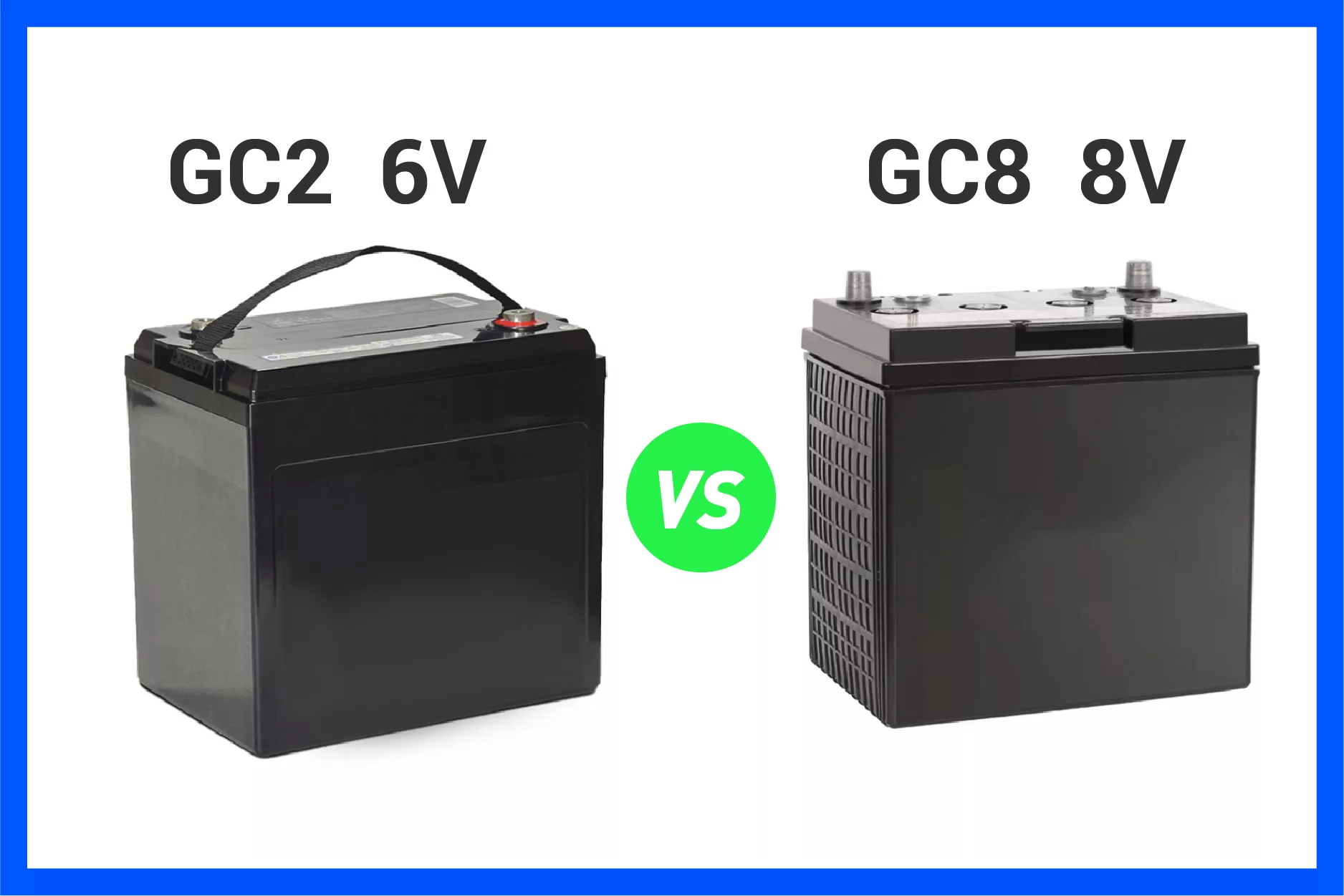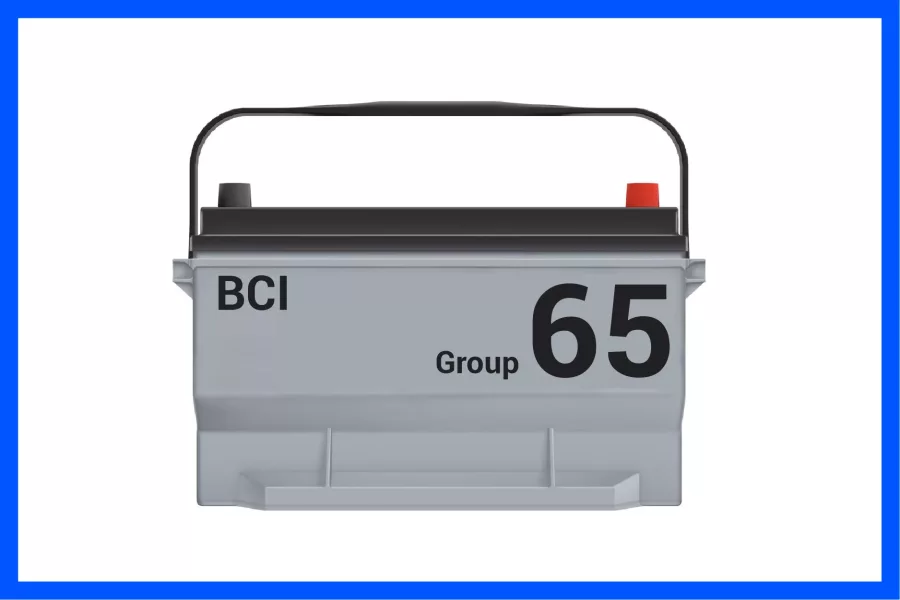When selecting a battery for your vehicle, backup system, or electric equipment, understanding the differences between battery group types is crucial. In this guide, we’ll focus on the BCI Group 65 battery, its specifications, applications, advantages, and maintenance tips. We’ll also briefly compare it to GC2 and GC8 deep-cycle batteries, which are commonly used in golf carts and industrial equipment.
1. What is a BCI Group 65 Battery?
The BCI Group 65 battery is a standardized 12-volt lead-acid battery widely used in vehicles and commercial applications. It is known for its reliable cold cranking amps (CCA), high reserve capacity (RC), and compatibility with many mid- to large-size vehicles.
- Typical Dimensions: 12.06″ L x 7.56″ W x 7.5″ H (306mm x 190mm x 192mm)
- Voltage: 12V
- CCA (Cold Cranking Amps): 750–950A
- RC (Reserve Capacity): 120–150 minutes
This makes Group 65 batteries ideal for heavy-duty use where high starting power and stable voltage are required.
2. Common Applications of Group 65 Batteries
Thanks to their size, power, and reliability, BCI Group 65 batteries are used in a wide range of applications:
- Pickup trucks and large SUVs
- Vans and light commercial vehicles
- RVs and trailers
- UPS backup systems
- Solar energy storage systems (when deep-cycle capable)
- Certain marine and industrial machines (with compatible specs)
3. Advantages of Using a Group 65 Battery
Here are some reasons why Group 65 batteries are a popular choice:
- High Starting Power: Excellent for cold climates or demanding engines.
- Broad Compatibility: Conforms to standard BCI dimensions.
- Good Deep Cycle Performance (Certain Types): Ideal for moderate energy storage needs.
- Low Maintenance: Most models are sealed, AGM, or maintenance-free.
- Cost-Effective: Offers high power at a competitive price.
4. Maintenance Tips for Group 65 Batteries
To ensure long-lasting performance, follow these basic maintenance tips:
- Check Voltage Regularly: Recharge if voltage drops below 12.4V.
- Keep Terminals Clean and Dry: Prevent corrosion and short circuits.
- Avoid Deep Discharges: Unless using a deep-cycle model.
- Disconnect During Long Storage: Reduce self-discharge.
- Use Compatible Chargers: Avoid undercharging or overcharging.
5. Diagram: BCI Group 65 Battery Overview
(You can insert a diagram here showing the battery’s rectangular shape, terminal positions, and dimensions. Most Group 65 batteries have top-post terminals located on one side of the top surface.)

6. GC2 and GC8 Batteries: A Brief Comparison
GC2 and GC8 batteries are deep-cycle batteries used in electric vehicles, floor scrubbers, solar systems, and particularly golf carts. They differ significantly from Group 65 batteries in design and usage.
| Battery Type | Voltage | Typical Capacity | Key Application |
|---|---|---|---|
| GC2 | 6V or 8V | 170–230Ah | Golf carts, solar storage, industrial use |
| GC8 | 8V | 160–200Ah | High-voltage golf cart systems |
Unlike Group 65 batteries, which are optimized for starting power, GC batteries are built for deep discharge cycles and long run times.
Conclusion
Whether you need high starting power for a commercial vehicle or long-lasting deep-cycle energy for a golf cart or solar system, understanding battery specifications is key. The Group 65 battery excels in automotive and backup scenarios, while GC2 and GC8 batteries are designed for deep-cycle applications like golf carts and electric equipment.
Choose the right battery type based on your performance needs, voltage requirements, and usage environment—and always follow best practices for maintenance to extend battery life.

